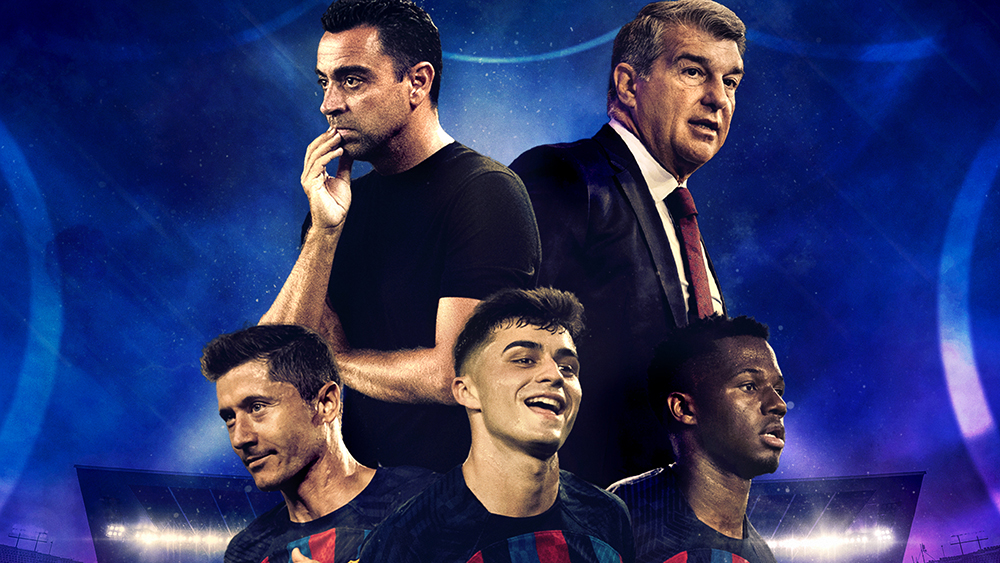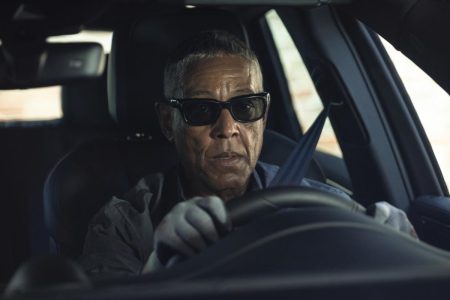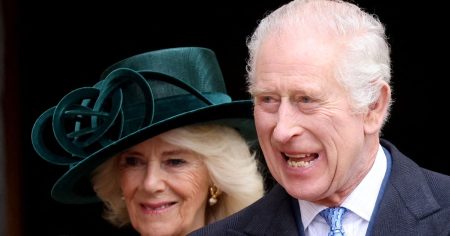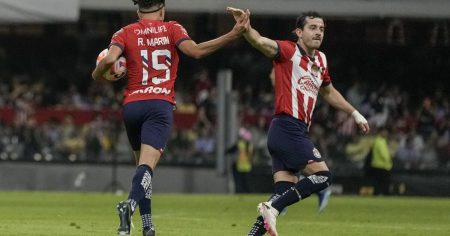Onza Distribution from Spain has acquired three sports documentaries produced by Wakai and Prime Video Spain: “Marc Márquez: All In,” “Simeone: Living Match by Match,” and the upcoming “FC Barcelona: A New Era.” Beatrice Nouh, Head of Sales at Onza Distribution, praised Wakai for their commitment to quality in their productions, allowing them to distribute prestigious titles internationally.
The two-season documentary series “FC Barcelona: A New Era” follows the team under Xavi’s leadership as they aim to reclaim their former glory with top signings and young talent. The docuseries captures the team’s journey through successful seasons in ‘21-‘22 and ‘22-‘23. “Marc Márquez: All In” focuses on the MotoGP star’s career, showcasing his relentless pursuit of victory and the risks and excitement he faces on his way back to the championship podium.
“Simeone: Living Match by Match” explores the career of Diego Pablo Simeone, player and coach of Atlético de Madrid, known for his soccer philosophy “Cholismo” that transcends tactics. These Wakai titles will be part of the MipDoc videolibrary, alongside other non-fiction titles from Onza such as “Young Addictions,” “Wild Tales of Madrid,” “Real Madrid: The White Legend,” and “Francis! The Pope of Surprises.”
Onza’s new fiction titles include the thriller series “Heartless,” created by Alonso Laporta and showrunners Gustavo Ron, which follows aristocrat Haro serving a sentence for rape and murder. The series centers on Haro becoming the target of death threats from a kidnapper, leading him to negotiate for privileges in jail in exchange for aiding the investigation to seek revenge on the judge responsible for his incarceration. “Heartless” will stream on Prime Video globally starting this year.
“Golden Swan,” a Czech period drama set in 1939 during Nazi rule, follows young thief Bára Veselá who finds herself working as a saleswoman in the fashion department of Prague’s Golden Swan luxury store. The series, which premiered at Series Mania, delves into the challenges faced by Bára as she navigates through the dangerous times in Bohemia and Moravia.
In addition to the acquisition of the sports documentaries, Onza Distribution also announced the distribution of other titles such as the Czech Republic hit series “Golden Swan” and the forthcoming seasons of Italian series “Flowers Over the Inferno” and TVI’s young adult thriller “Sweet Strawberries.” With a diverse lineup of both non-fiction and fiction content, Onza Distribution continues to grow its presence in the international market with high-quality productions.








